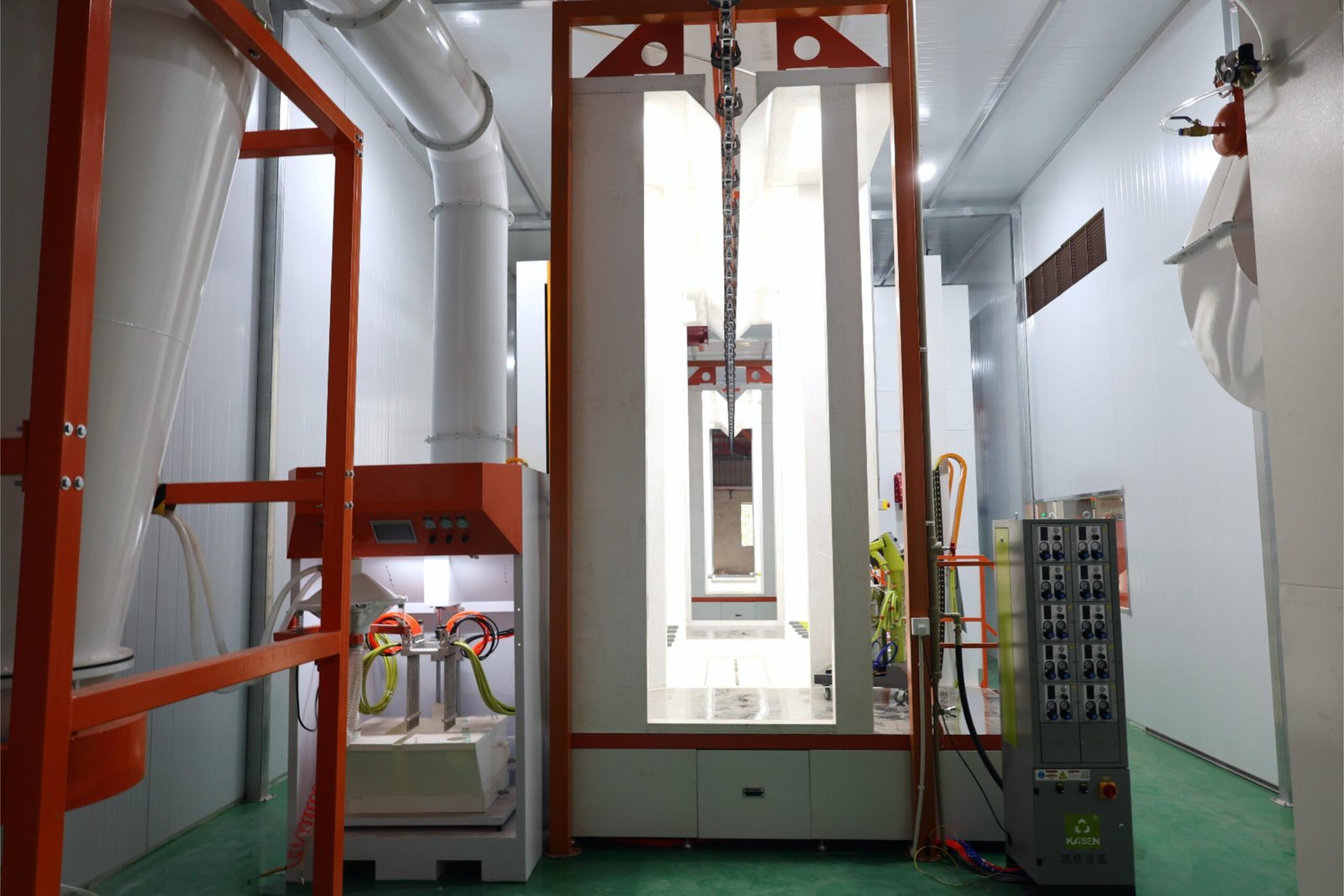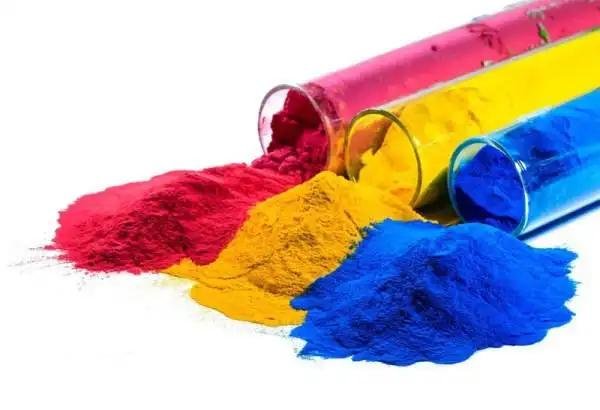
Powder coating is a widely used finishing technique that enhances the durability, appearance, and corrosion resistance of various products. The thickness of a powder coating is a critical factor that determines its performance.
Ensuring an accurate and consistent powder coating thickness is essential for maintaining product quality and meeting industry standards.
Why Is Measuring Powder Coating Thickness Important?
1. Ensuring Durability and Performance
- A coating that's too thin may fail to protect against corrosion and wear.
- A coating that's too thick can lead to adhesion problems, cracks, and unnecessary cost.
2. Compliance with Industry Standards
- Sectors like automotive, aerospace, and architecture have strict thickness requirements.
- Standards include ASTM, ISO, AAMA, and Qualicoat.
3. Cost Efficiency and Material Optimization
- Accurate thickness helps reduce material waste and avoid rework.
4. Aesthetic Quality Control
- Uneven thickness may cause color inconsistency, texture issues, or surface defects like orange peel.
Methods for Measuring Powder Coating Thickness
Powder coating thickness can be measured before or after curing using different techniques, depending on the material and accuracy required.

🔹 Measurement Before Curing
A. Powder Comb Method
- A metal comb with notched teeth is dragged through the powder to estimate thickness.
Pros:
- Low cost
- Simple to use
Cons:
- Destructive
- Low accuracy
B. Electrostatic Powder Thickness Gauges
- Measures the height of applied powder using specialized probes.
Pros:
- Non-destructive
- Real-time readings
Cons:
- Requires calibration for different powders
- Less effective on complex shapes
C. Ultrasonic Non-Contact Measurement
- Uses sound waves to determine thickness without touching the surface.
Pros:
- High accuracy
- Safe for fragile substrates
Cons:
- Expensive
- Requires specialized training
🔹 Measurement After Curing
A. Magnetic Induction (Ferrous Metals Only)
- Measures coating over steel using magnetic field strength.
Pros:
- Highly accurate
- Non-destructive
Cons:
- Limited to steel and iron
B. Eddy Current (Non-Ferrous Metals)
- Measures coatings on aluminum and other non-magnetic metals using electric resistance.
Pros:
- Non-destructive
- Effective for aluminum
Cons:
- Doesn’t work on plastics or composites
C. Ultrasonic Pulse-Echo (For Non-Metal Substrates)
- Sends a sound pulse through the coating and measures the return time.
Pros:
- Works on plastic, wood, and composite materials
- Can measure multiple layers
Cons:
- Requires coupling gel
- More costly
D. Cross-Section Microscopy
- Involves cutting and viewing the part under a microscope.
Pros:
- Very high accuracy
- Ideal for lab or R&D
Cons:
- Destructive
- Time-consuming
📊 Comparison of Powder Coating Thickness Measurement Methods
| Method | Substrate Type | Accuracy | Destructive | Cost |
|---|---|---|---|---|
| Powder Comb | All | Low | Yes | Low |
| Electrostatic Gauge | All | Medium | No | Medium |
| Ultrasonic (Pre-Cure) | All | High | No | High |
| Magnetic Induction | Ferrous Metals | High | No | Medium |
| Eddy Current | Non-Ferrous Metals | High | No | Medium |
| Ultrasonic Pulse-Echo | Non-Metal Substrates | High | No | High |
| Cross-Section Microscopy | All | Very High | Yes | High |
Industry Standards for Powder Coating Thickness
ASTM Standards
- ASTM D7091 – Non-destructive methods on metal substrates
- ASTM D4138 – Destructive cross-section method
- ASTM D6132 – Ultrasonic method for non-metal substrates
Qualicoat
- Recommends 60–80 microns for architectural aluminum
AAMA 2605
- Requires minimum 50 microns for high-performance aluminum coatings
BS EN 12206-1
- European standard for aluminum coating thickness control
Best Practices for Achieving Optimal Powder Coating Thickness
- Surface Preparation – Clean and degrease the surface to remove contaminants
- Consistent Application – Maintain spray distance, angle, and movement
- Calibrate Equipment Regularly – Especially gauges and spray guns
- Control Environmental Factors – Temperature and humidity impact application
- Routine Thickness Checks – Measure before and after curing as part of QC
Conclusion
Measuring powder coating thickness is critical to ensure durability, compliance, and cost-efficiency.
✅ Choose the right measurement method based on substrate and accuracy needs
✅ Follow industry standards and best practices
✅ Maintain consistency through preparation, calibration, and environment control
By integrating proper thickness control into your process, you can ensure high-quality, long-lasting powder-coated products.
